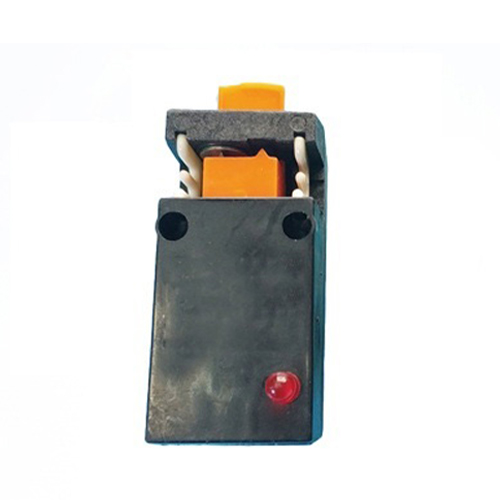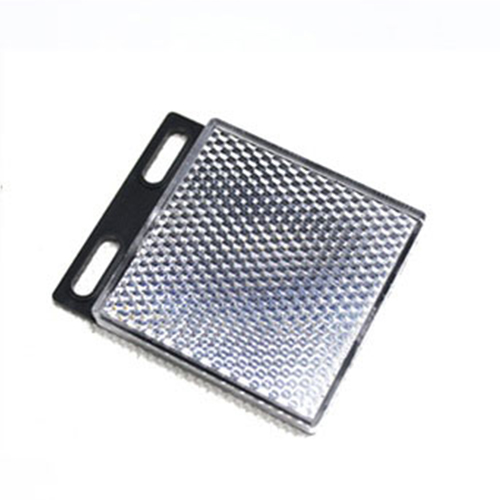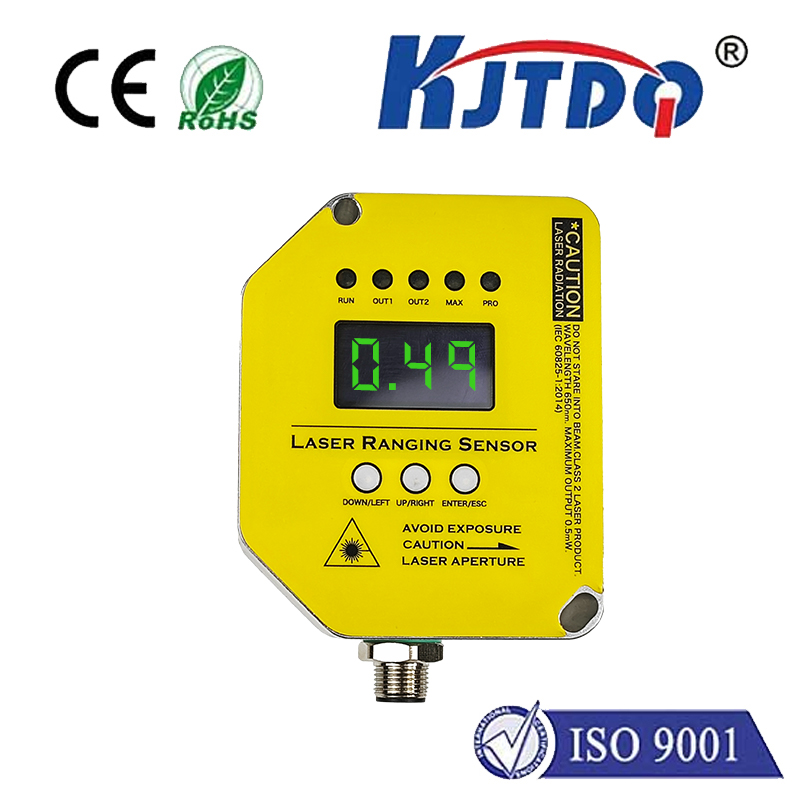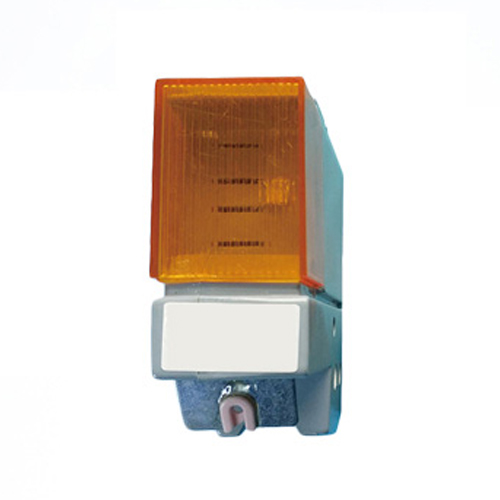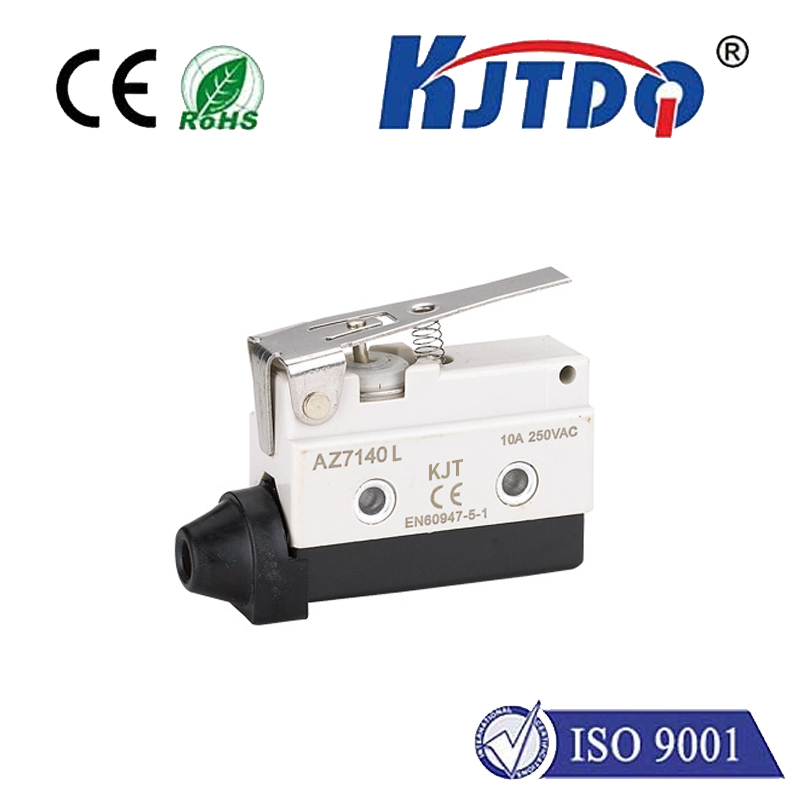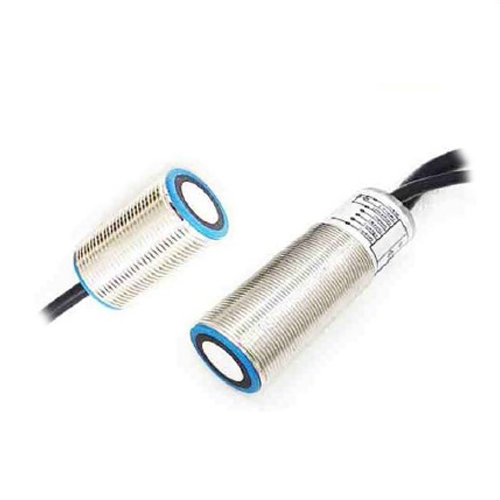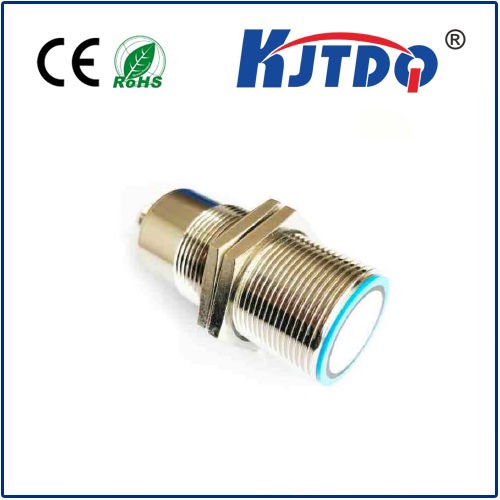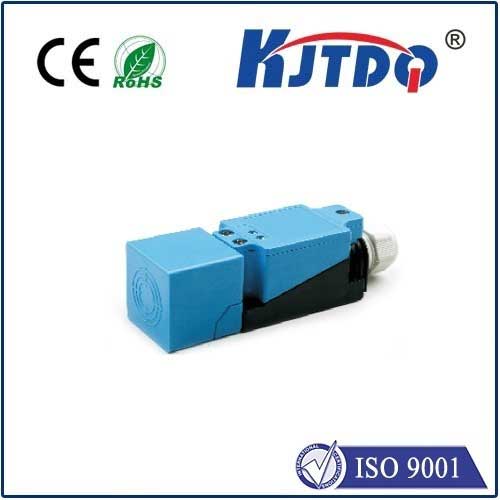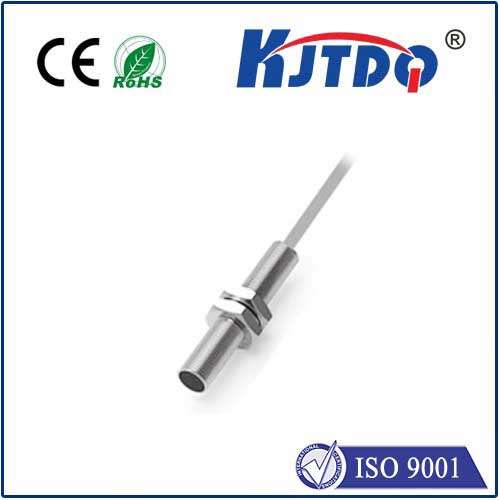

check

check

check

check
Picture this: a high-speed assembly line humming with precision, where every robotic arm and conveyor belt moves in flawless harmony. But what stops a machine from crashing into itself or harming nearby workers? The unsung hero in this scenario is often the on-off limit switch. These compact devices act as guardians of industrial safety and efficiency, quietly ensuring that operations run smoothly without costly shutdowns or accidents. In today’s fast-paced world of automation, understanding how on-off limit switches function can transform how we design and manage machinery, from factories to smart homes.
An on-off limit switch is a type of sensor that detects the physical presence or position of an object, then triggers an electrical response to start or stop a machine. At its core, it operates on a simple principle: when an object (like a moving part) makes contact with the switch’s actuator—such as a lever, roller, or plunger—it completes or breaks an electrical circuit. This action sends a signal to the control system, effectively commanding the machine to either power on or shut off. For instance, in a packaging plant, a limit switch might sense when a product reaches the end of a conveyor belt, instantly halting the system to prevent overflow. This fundamental mechanism makes it a cornerstone of safety protocols, as it can prevent equipment damage and human injury by enforcing strict movement boundaries.

Why are these devices so critical? Safety stands out as their primary advantage. In hazardous environments, such as manufacturing floors with heavy machinery, limit switches act as fail-safes to ensure automated processes don’t exceed preset limits. If a robotic arm swings too close to a person, the switch detects the intrusion and cuts power instantly. Similarly, in elevator systems, these switches verify that doors are securely closed before ascent, reducing the risk of entrapment. But beyond safety, on-off limit switches boost operational efficiency. By automating repetitive tasks—like starting a motor when a part is in position or stopping it after a cycle—they minimize human intervention and reduce errors. This leads to faster production times and lower energy consumption, as machines only run when needed. In industries such as automotive assembly or food processing, this translates to significant cost savings and improved output quality.
The versatility of on-off limit switches shines through their diverse applications. Commonly found in industrial automation, they’re integrated into conveyor systems, CNC machines, and robotic arms to maintain precise control. For example, in a car manufacturing plant, limit switches ensure that welding robots only activate within designated zones, avoiding collisions. But their use extends beyond factories. In consumer electronics, smart home devices like garage door openers rely on them to halt movement if an obstacle is detected. Even in renewable energy setups, wind turbines employ these switches to prevent blades from over-rotating in high winds. This broad adaptability stems from their robust design variations, including mechanical, magnetic, and proximity types, each tailored to specific environments like dusty warehouses or wet outdoor settings.
When selecting an on-off limit switch for your application, several factors must be considered to ensure optimal performance. First, assess the operating environment: for high-impact areas, opt for rugged, IP-rated switches that resist dust, moisture, and vibrations. Next, evaluate the actuator style—roller levers suit linear motions, while plunger types work well for direct pushes. It’s also wise to match the switch’s electrical rating with your system’s voltage and current demands to avoid failures. Installation plays a key role, too; mounting the switch at exact positions ensures reliable detection. Regular maintenance, such as cleaning contacts and testing responsiveness, prolongs lifespan and prevents unexpected downtime. By making informed choices, you can maximize the switch’s benefits without compromising safety.
Advancements in technology are further enhancing the role of on-off limit switches. Modern iterations incorporate IoT connectivity, allowing real-time monitoring via sensors that transmit data to central control systems. This enables predictive maintenance, where issues are flagged before they cause disruptions. For instance, a smart switch might send an alert when actuator wear is detected, scheduling repairs proactively. Such innovations make these devices not just reactive tools but proactive assets in the era of Industry 4.0. Ultimately, integrating on-off limit switches into automation setups fosters a future where machines operate with unmatched reliability, safeguarding both productivity and personnel.
On a final note, the enduring relevance of these switches underscores their value. From reducing workplace accidents to slashing operational costs, their simple yet powerful design continues to evolve, adapting to emerging challenges in automation and beyond. As industries push toward smarter, safer solutions, the humble limit switch remains indispensable—proving that great things often come in small packages.

